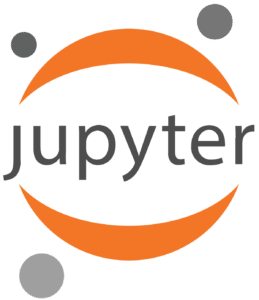
Connecting Data, Teams, and Tools with
AtScale’s Semantic Layer
Bridge silos with virtualized access, reusable models, and enterprise-grade governance—all in one platform.
Unified Framework
Simplify complex data landscapes with virtualized access to multiple data sources.
Programmatic Modeling
Leverage AtScale’s Semantic Modeling Language (SML) for YAML-based, developer-friendly semantic model creation.
Performance Optimization
Automate query performance and resource orchestration to handle enterprise-scale workloads.
Visual Modeling Tool
Use drag-and-drop interfaces to define metrics and hierarchies without writing code.
AI-Powered Automation
Accelerate model creation with tools like one-click modeling and automated dimension identification.
Data Consistency
Collaborate with technical teams on shared semantic models to ensure consistent, trusted analytics.
Governance and Security
Enable role-based access and audit trails for compliance and trust.
Seamless BI Integration
Cost Efficiency
Reduce complexity and costs by eliminating the need for ETL processes.
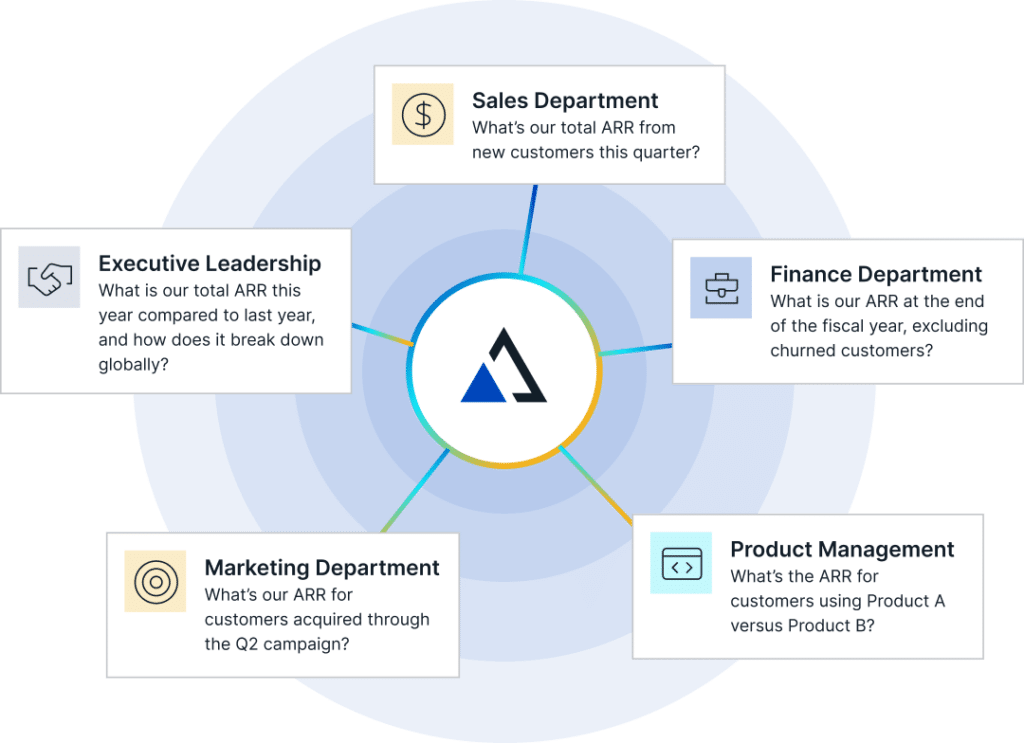
Simplify Data Access with AtScale’s Unified Semantic Modeling Framework
Virtualized Data Access: Connect to multiple sources without moving or duplicating data.
Single Source of Truth: Centralize metrics, dimensions, and relationships for consistency across BI and AI tools.
Multi-Dimensional Modeling: Support constructs like hierarchies and semi-additive measures for complex analysis.
Open-Sourced Semantic Modeling Language (SML)
YAML-Based Syntax: Create and manage models programmatically with a human-readable language.
Object-Oriented Design: Promote efficiency and consistency with composable, reusable semantic objects.
CI/CD Integration: Streamline deployment and version control with Git.
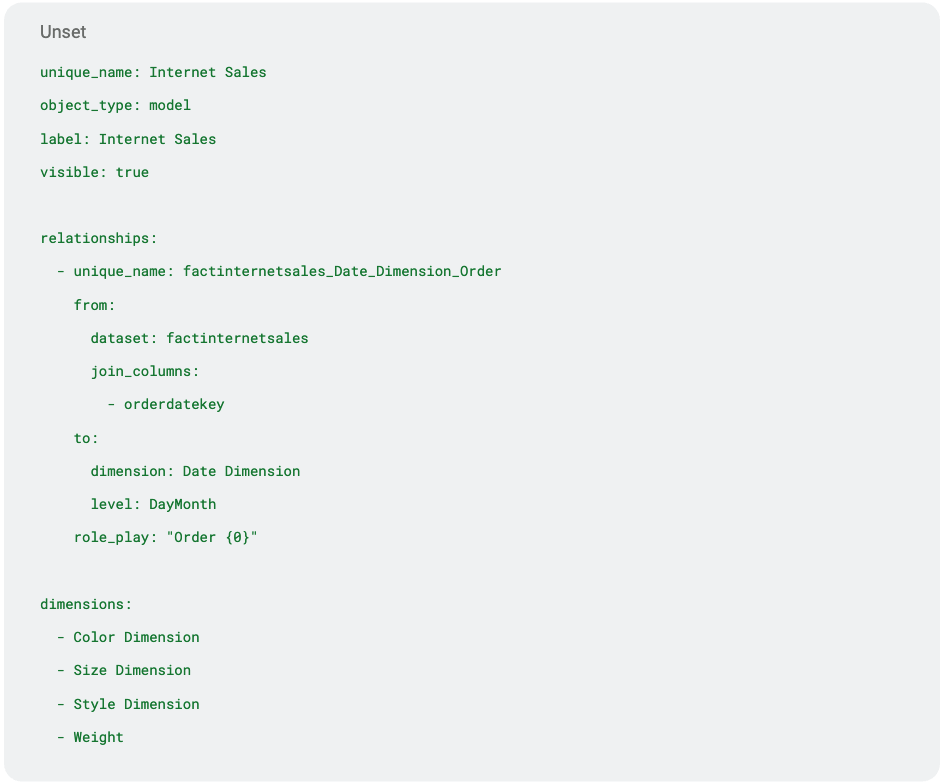

Define Metrics & Hierarchies Easily with AtScale’s Visual Modeling Tool
Drag-and-Drop Interface: Define metrics and dimensions without code.
SML Integration: Switch seamlessly between visual and code-first modeling approaches.
Shared Libraries: Reuse pre-defined objects to reduce redundancy and ensure consistency
Optimize Query Performance for Enterprise Workloads with AtScale
Query Engine: Automate optimization, aggregate generation, and resource orchestration.
Caching Mechanisms: Ensure rapid performance for high concurrency and complex datasets.
Logical Aggregate Definitions: Boost performance with system-generated and user-defined aggregates.
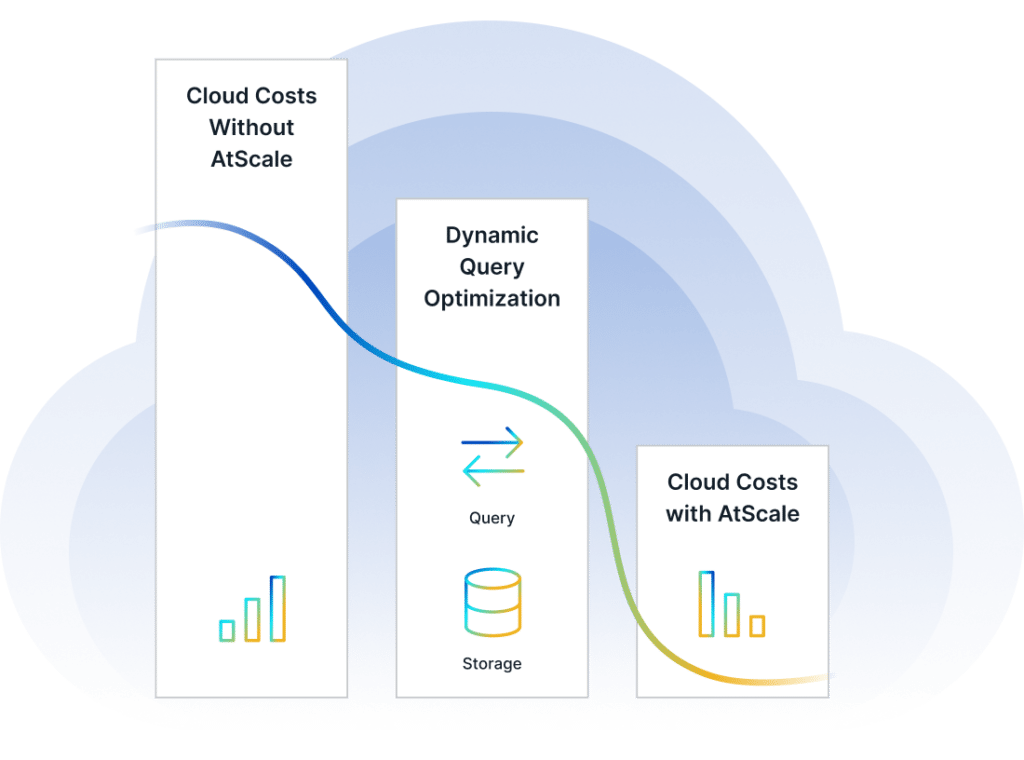
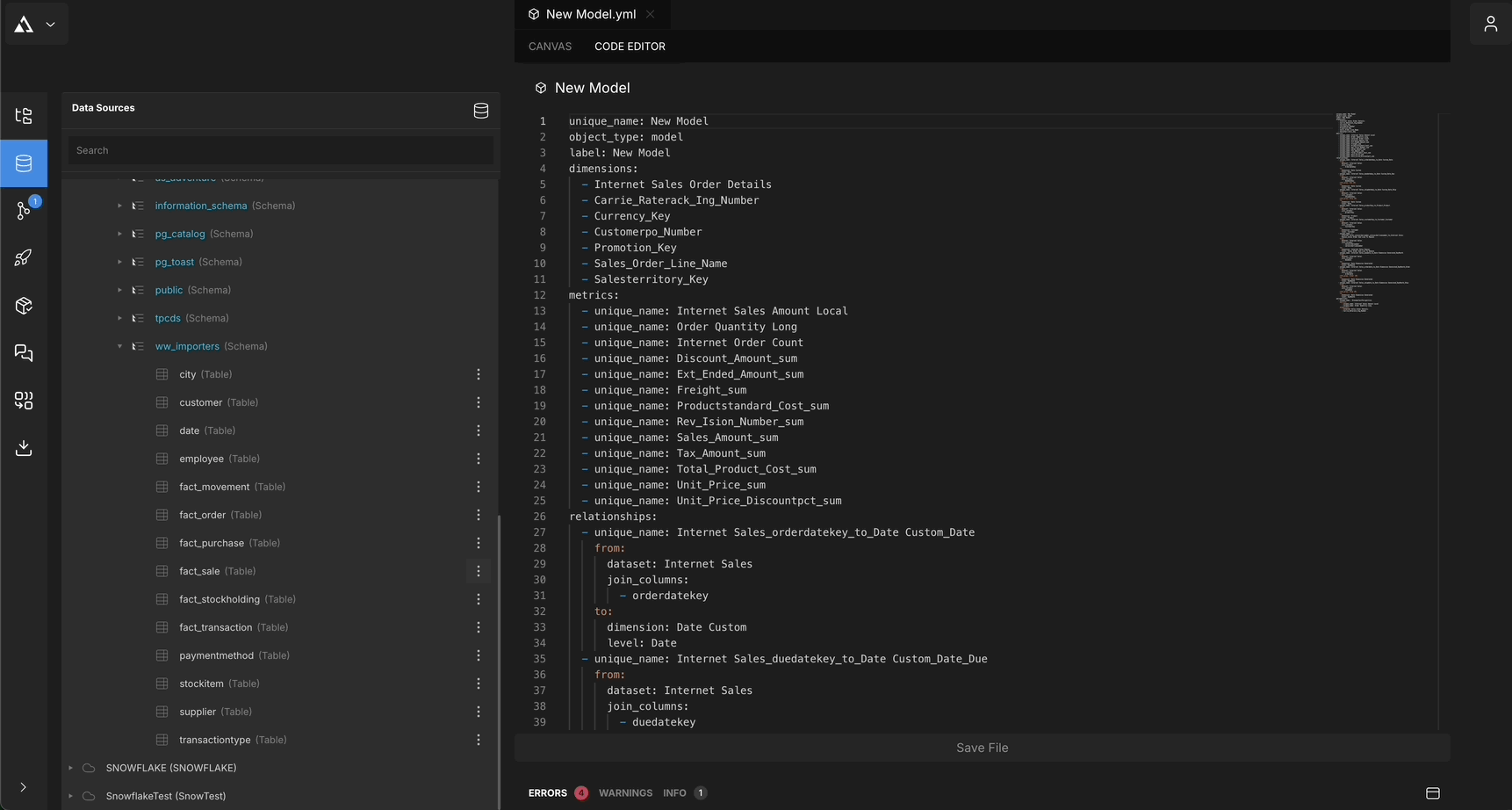
Accelerate Model Creation with AtScale’s AI-Powered Automation Features
One-Click Modeling: Identify dimensions and relationships automatically to accelerate semantic model creation.
Error Reduction: Align models with business rules to minimize manual errors.
Accelerated Time-to-Value: Reduce deployment timelines with automation.
Maintain Compliance with AtScale’s Role-Based Access & Security Features
Granular Access Control: Enforce role-based access integrated with enterprise identity systems.
Data Catalog Integration: Enhance discoverability with metadata integration into Alation and Collibra.
Auditable Change Management: Track changes for compliance and data lineage.
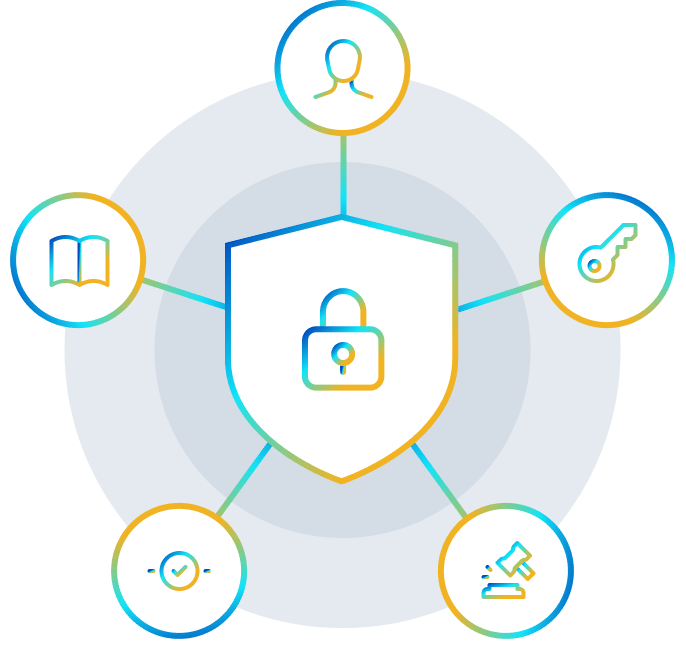
Ecosystem & Community Integration
Open-Source Repository: Access pre-built models and contribute to AtScale’s GitHub.
Developer Community Edition: Experiment with a full-featured free version of AtScale.
Broad Ecosystem Support: Integrate with leading BI tools, data platforms, and ML tools.
Frequently Asked Questions
Semantic modeling is the process of creating business-friendly views of raw data—defining metrics, hierarchies, and relationships—so that both humans and AI agents can query and understand data without needing to navigate its technical complexity. It enables consistent, explainable access across BI tools and AI systems alike.
AtScale lets data teams build reusable semantic models directly on live cloud data, without moving or transforming it. These models can power dashboards, spreadsheets, and agentic AI workflows—ensuring that every user or LLM accesses the same governed business logic.
Unlike tools that rely on physical transformations or upstream SQL logic, AtScale builds virtual semantic models that query data in place. Its universal semantic layer supports cross-platform use, allowing the same model to serve BI dashboards and generative AI agents—enabling trusted insights at scale.
Yes. AtScale allows you to define KPIs, measures, and calculated fields once and reuse them across teams, tools, and intelligent agents. This eliminates metric drift and ensures alignment across BI users and agentic AI interfaces.
AtScale supports rich, enterprise-grade modeling capabilities—including star and snowflake schemas, hierarchical drilldowns, time intelligence, and many-to-many relationships. These models provide the semantic context AI agents need to generate accurate, governed responses.
Yes. AtScale uses intelligent query optimization, aggregate awareness, and in-memory acceleration to improve performance for dashboards, ad hoc queries, and AI-driven interactions—especially over large cloud datasets.
Absolutely. AtScale supports model versioning, access control, and full auditability, so you can manage changes, enforce policy, and support both BI users and AI agents with consistent, explainable models over time.
No. AtScale offers a visual interface for building and maintaining semantic models, along with support for programmatic definitions and CI/CD pipelines. This flexibility supports both low-code collaboration and scalable automation for agentic AI enablement.
Semantic Modeling Language (SML) is an open-source, YAML-based language for defining semantic models in a standardized, tool-agnostic way. SML enables consistent business logic to be shared across BI platforms and AI agents, ensuring interoperability, explainability, and trust across your analytics ecosystem.




